The canvas you choose for your painting is like the foundation of a house – it forms the basis for your creative vision. The type of canvas you select can significantly influence the outcome of your artwork, affecting texture, durability, and overall aesthetics. In this guide, we’ll delve into the various factors to consider when choosing the right canvas for your painting.
Factors to Consider When Choosing the right canvas for your painting
1. Canvas Material
The material of your canvas sets the stage for your artwork. There are several options to choose from:
- Cotton Canvas: Cotton is the most common canvas material. It’s affordable, versatile, and available in various textures. Cotton canvases work well with both oil and acrylic paints, offering a smooth surface for detailed work or a textured one for expressive brushstrokes.
- Linen Canvas: Linen canvases are a preferred choice among professional artists. Linen is stronger and more durable than cotton, with a fine texture that’s ideal for detailed and realistic paintings. However, linen canvases tend to be pricier.
- Synthetic Canvas: Synthetic canvases, made from materials like polyester or poly-cotton blends, have gained popularity in recent years. They are lightweight, less prone to stretching, and often more budget-friendly than natural fibers. They are suitable for a wide range of painting styles and mediums.
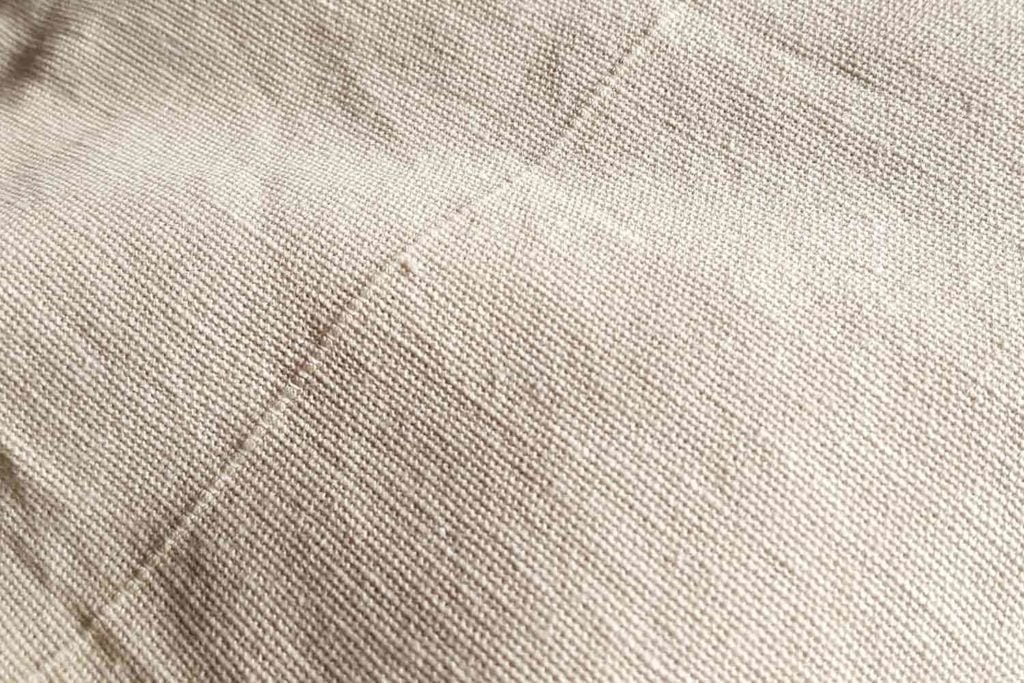
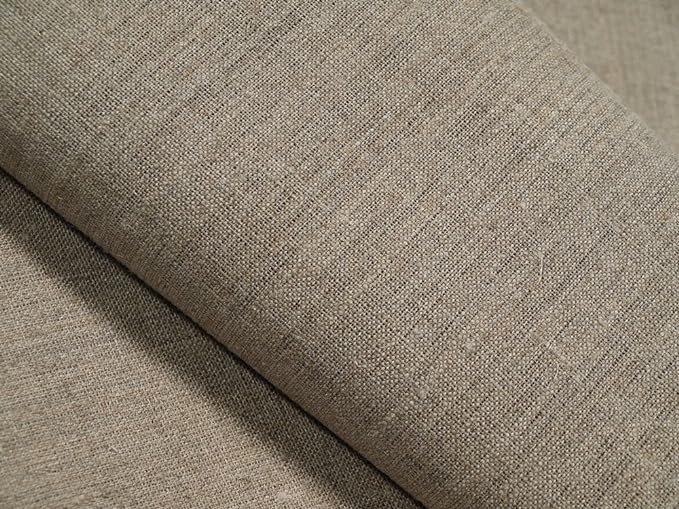
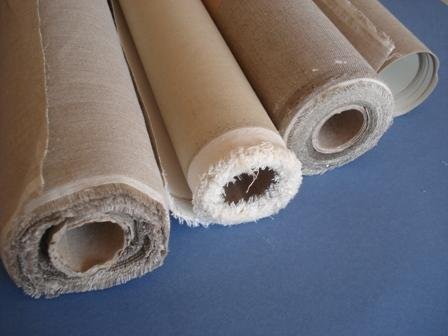
2. Canvas Weight
Canvas weight refers to the thickness and density of the fabric. The weight of the canvas is measured in ounces per square yard (oz/yd²) or grams per square meter (gsm). Here’s what to consider:
- Lightweight Canvas (8-10oz): These are suitable for smaller works or paintings that will be framed.
- Medium-weight Canvas (12-14oz): These are versatile and work well for most painting sizes.
- Heavyweight Canvas (16oz and above): Ideal for large-scale or heavily textured works.
3. Canvas Texture
Canvas texture plays a significant role in your painting’s appearance and feel:
- Smooth Canvas: Fine-textured canvases are great for detailed work, especially in realism and portrait painting. They are often preferred for oil painting due to their ease of blending.
- Medium Texture: Medium-textured canvases strike a balance between smooth and rough textures. They work well for a wide range of painting styles and are often chosen for acrylics.
- Rough Canvas: Rough canvases have pronounced textures, making them ideal for impasto techniques and creating expressive, textured effects. They are commonly used for acrylic and oil paintings where texture is desired.
4. Canvas Sizing
Choosing the right canvas size is crucial for the composition and impact of your artwork:
- Intended Space: Consider where your painting will be displayed. A small canvas might get lost on a large wall, while an oversized canvas could overwhelm a small room.
- Subject Matter: Size should complement your subject matter. Portraits often work well on smaller canvases, while landscapes or abstracts may demand larger dimensions.
- Budget: Larger canvases are more expensive, so balance your artistic vision with your budget.
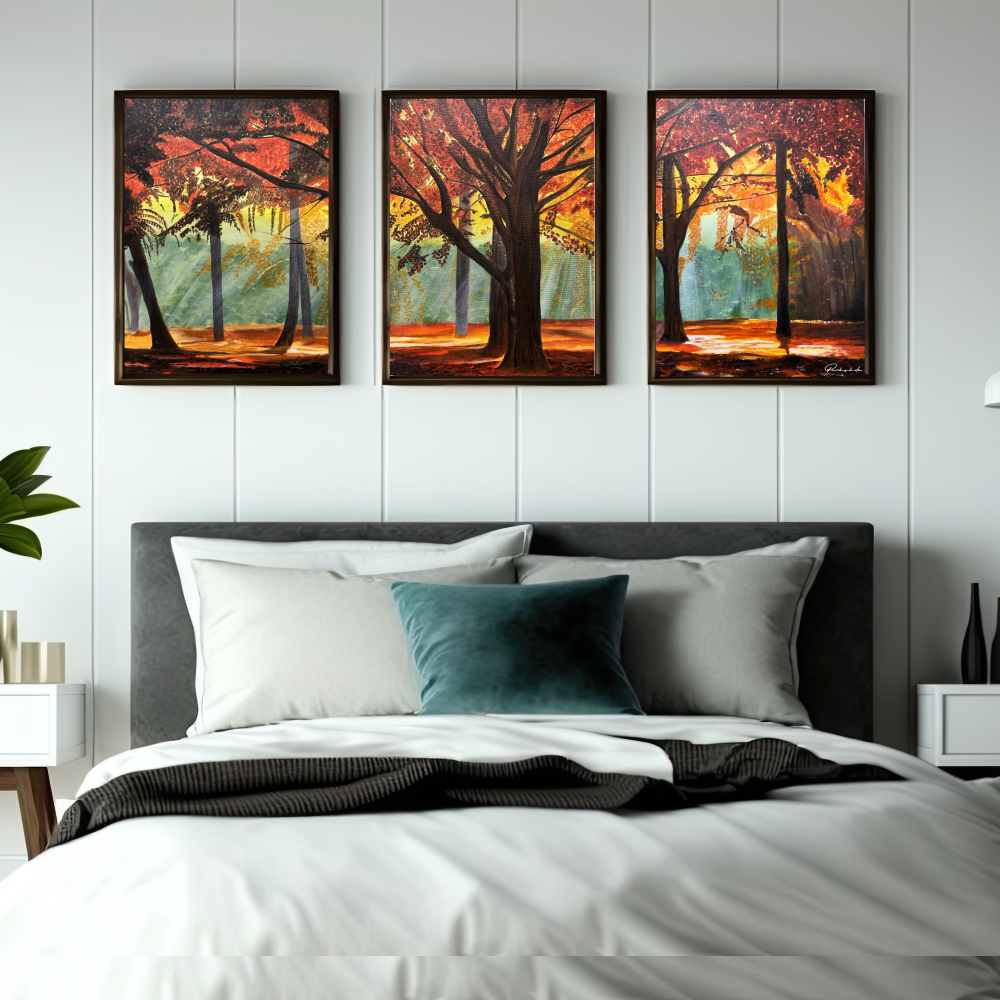
Types of Canvases
In addition to the factors mentioned above, you can choose from various types of canvases to suit your preferences:
1. Stretched Canvas:
Stretched canvases are pre-mounted on wooden frames, making them ready for painting without the need for additional framing. They come in various sizes and are a convenient choice for artists.
2. Canvas Rolls:
Canvas rolls are unmounted sheets of canvas that offer greater flexibility in terms of sizing. Artists can cut and stretch these canvases to their desired dimensions. This option is popular among artists who prefer custom sizes.
3. Canvas Boards:
Canvas boards are rigid surfaces with canvas stretched and adhered to a board. They are lightweight, easy to store, and less prone to warping compared to stretched canvases. However, they may not have the same depth as stretched canvases.
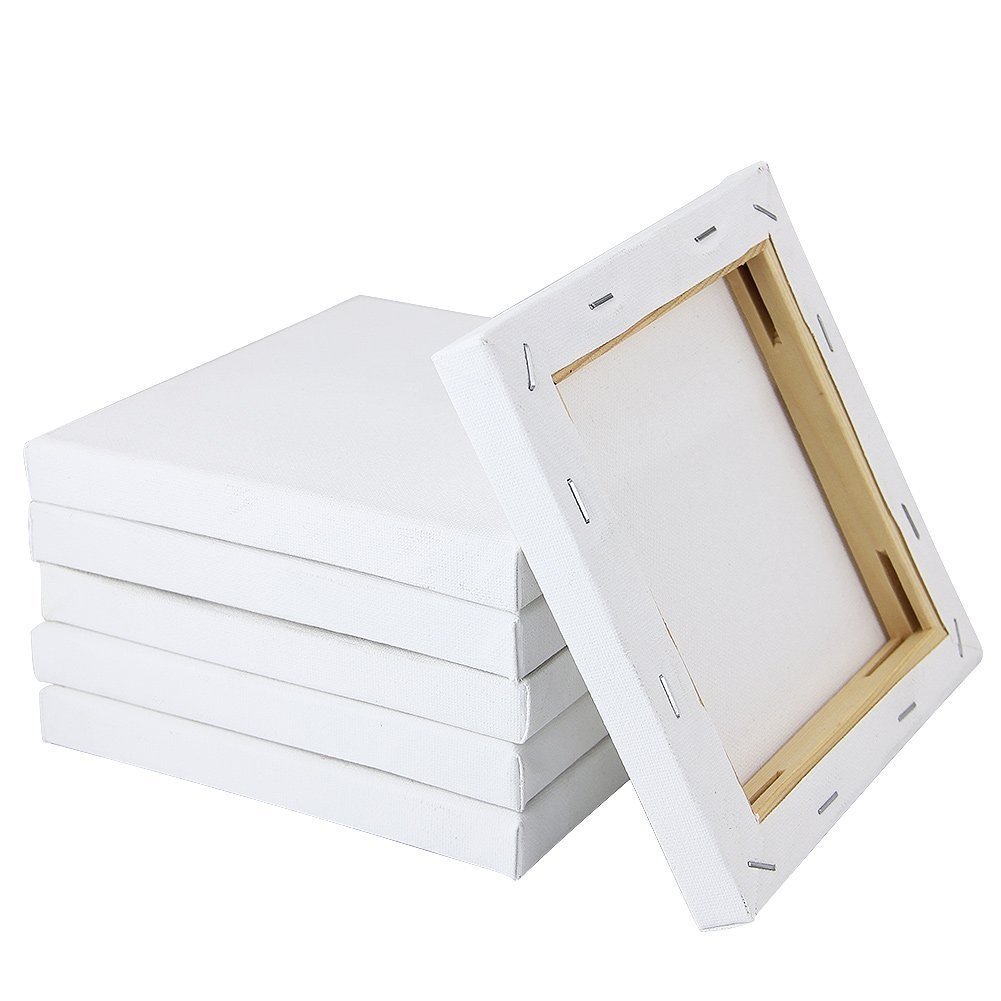

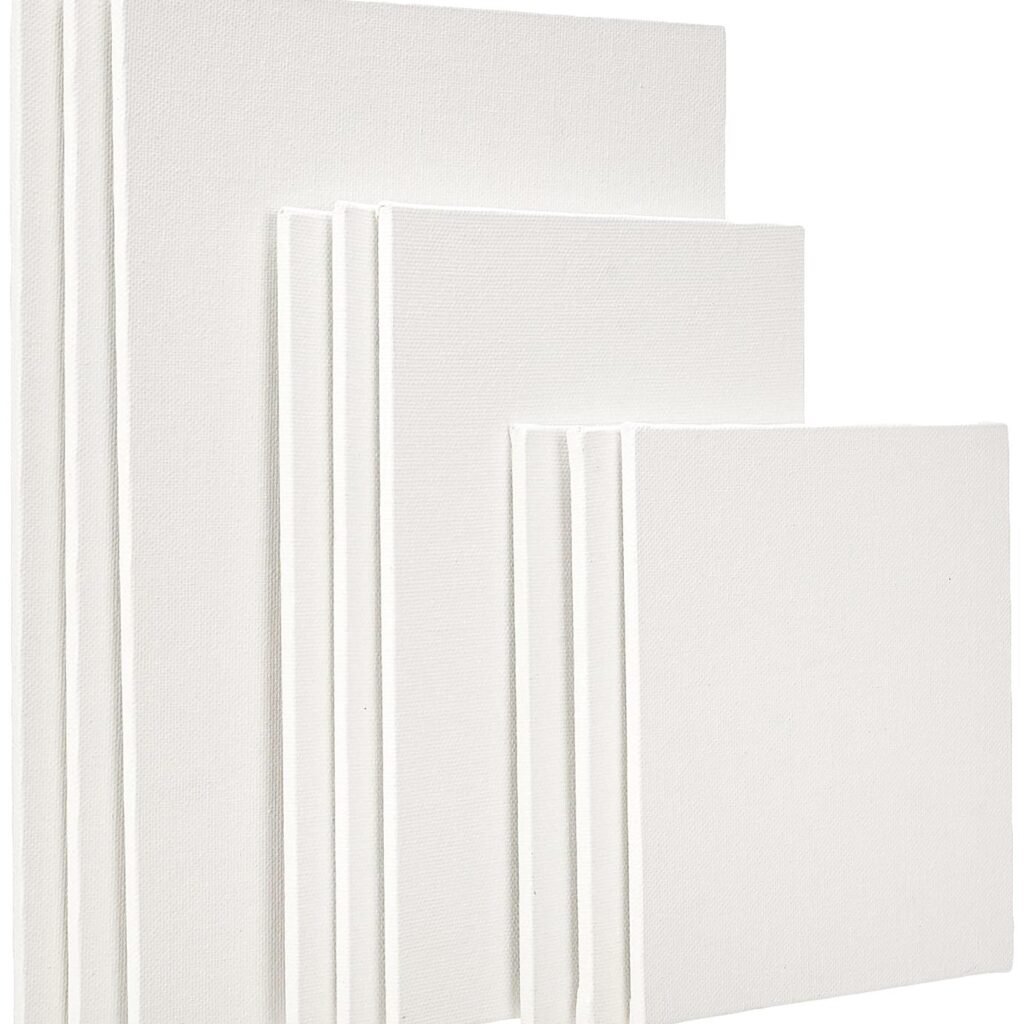
Priming Your Canvas
Whether you choose pre-primed canvases or prefer to apply your own primer, priming is essential. It prepares the surface, prevents paint from soaking into the fabric, and ensures your colors appear true to life. Gesso, a primer used for canvases, can be applied in layers to control the canvas’s absorbency and texture.
In conclusion, choosing the right canvas for your painting is a critical decision in your artistic journey. The material, weight, texture, size, and priming all contribute to the success of your artwork. Remember that there is no one-size-fits-all answer, and the perfect canvas for your next masterpiece may differ from your previous works. So, don’t hesitate to explore and choose the canvas that resonates with your creative spirit. Happy painting!
You can comment below if you have any doubts and confusion regarding Choosing the Right Canvas for Your Painting. We will help you choose the best fabric for your masterpiece.

How to Mount and Frame a Canvas Board?
Thank you for your question Payal!
Canvas board can be framed without extra backing if the board on which the canvas is pasted is of good material. Since it is usually not so, put a better long lasting back panel and use an open frame. Hope this helps:)
That is quite helpful and insightfull
Thank you Jaya 🙂